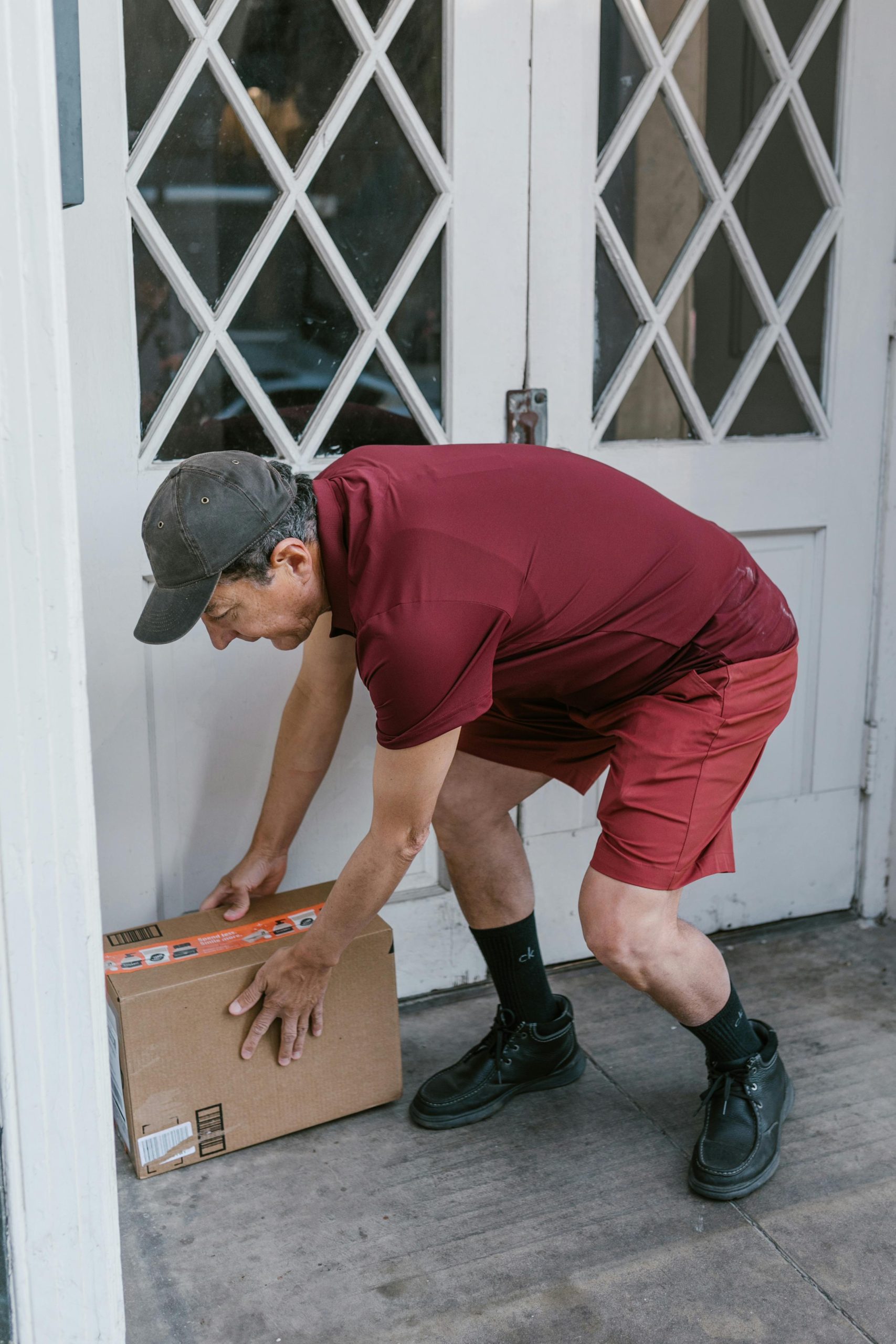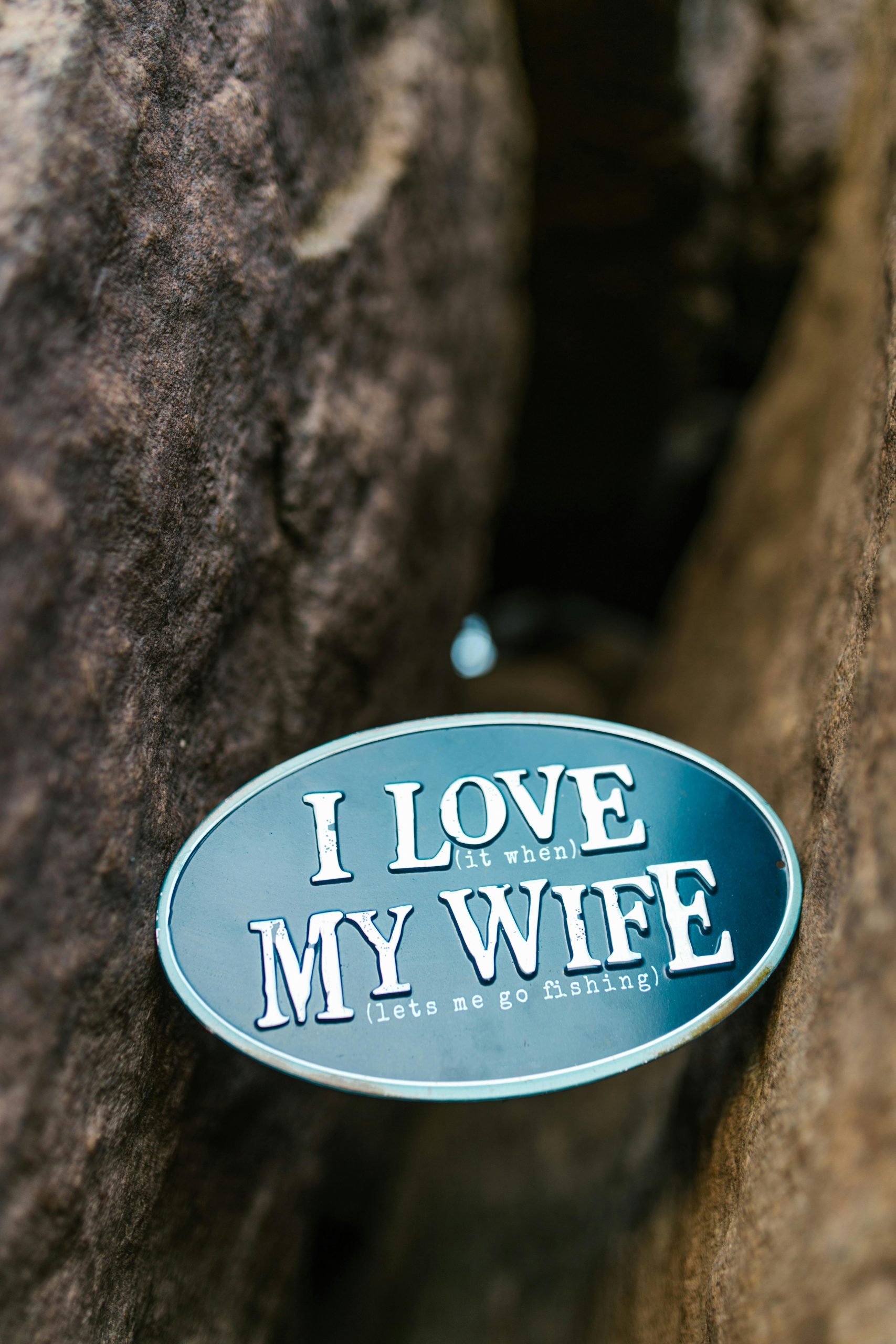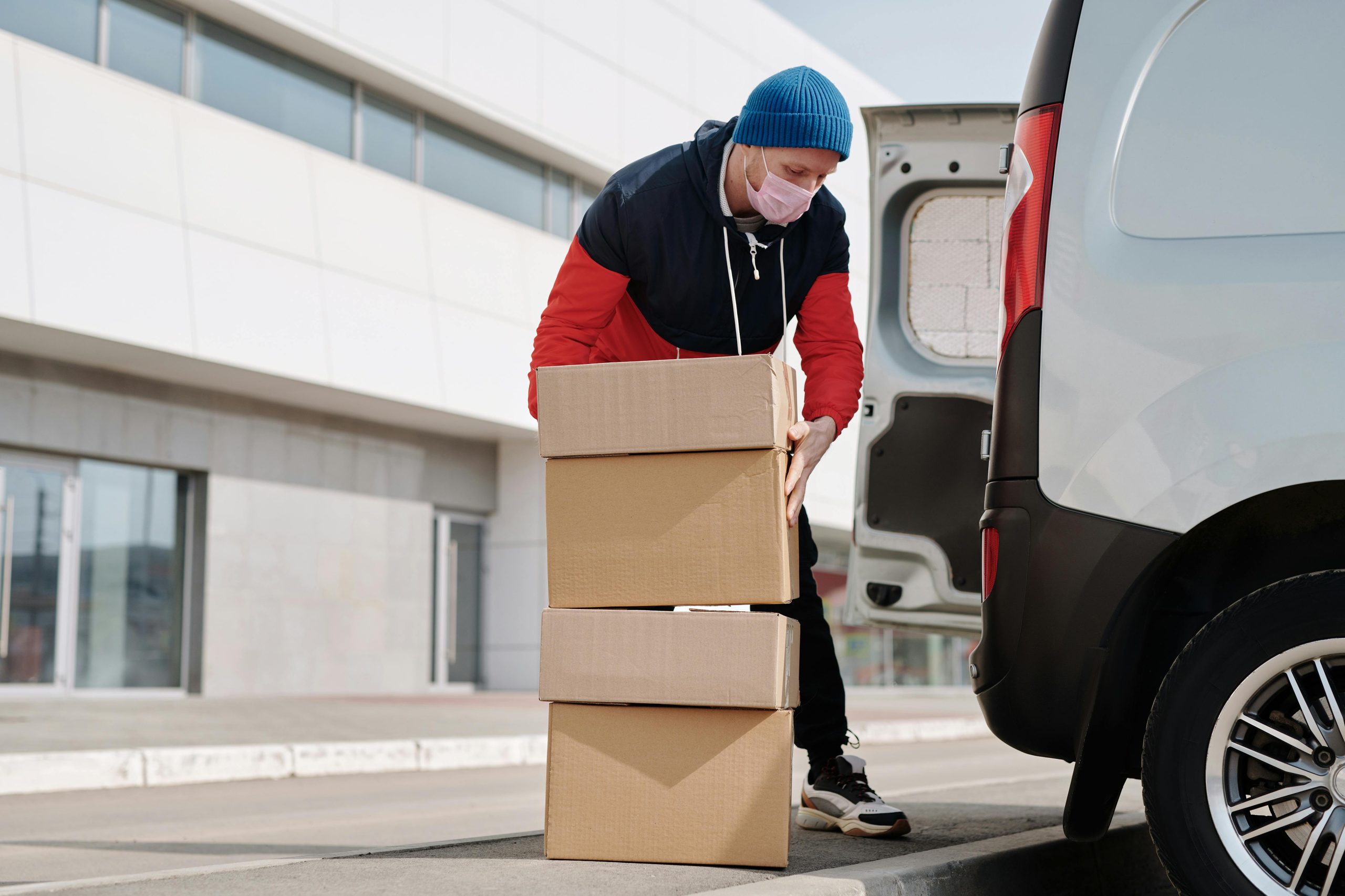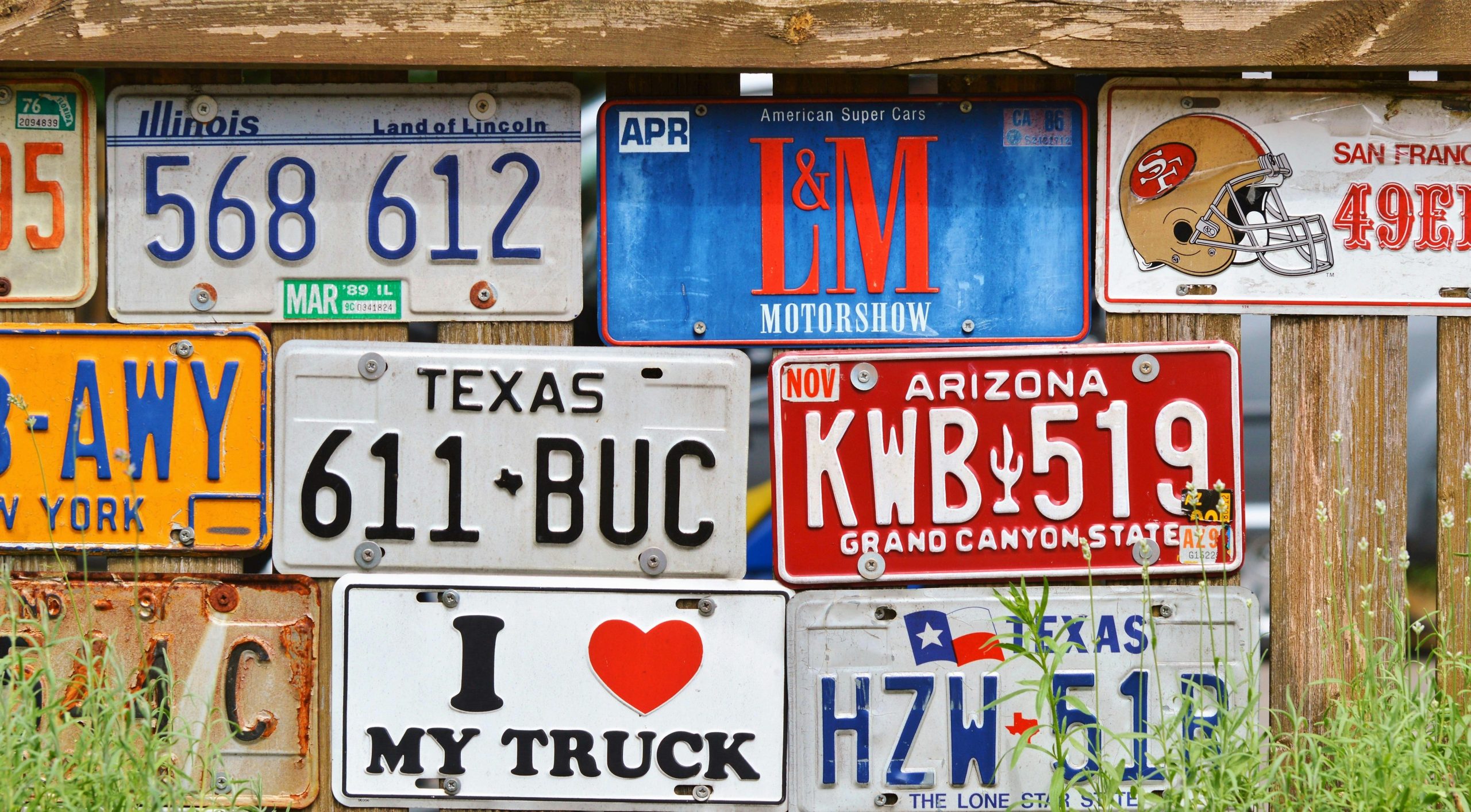Navigating Car Accidents Involving Uninsured Drivers: Essential Steps and Guidance
Dealing with the aftermath of a car accident can be overwhelming, especially when the at-fault driver is uninsured. Recently, a young driver experienced a stressful incident when their vehicle was struck by an uninsured motorist. While such situations can be disheartening, understanding your options and the appropriate steps to take is crucial for managing the aftermath effectively.
The Incident Overview
A young couple was involved in a night-time collision where their vehicle was hit by an uninsured driver. The incident escalated when the at-fault driver initially fled the scene but was later identified and apprehended by a witness. The driver’s BMW 330i sustained damage, prompting concern about repair costs and financial stability, especially given that the owner’s insurance policy only includes liability coverage.
Understanding Insurance and Coverage Limits
In this case, the vehicle owner has comprehensive liability-only insurance, which does not cover damages to their vehicle caused by third parties. This common scenario underscores the importance of reviewing insurance policies to understand what coverage types are included, particularly uninsured motorist protection — an essential feature that can provide compensation in such incidents.
Steps to Take After an Uninsured Driver Hit Your Vehicle
-
Document the Damage and Incident:
Take clear photographs of the car’s condition post-accident, including any relevant details such as skid marks, accident scene, and vehicle damage. If possible, record videos of the vehicle’s behavior (e.g., squeaking or screeching sounds) to assist with claims or repairs. -
File a Police Report:
Always report the incident to the police. A formal report can serve as key evidence when dealing with insurance claims or potential legal action. -
Notify Your Insurance Provider:
Contact your insurer promptly to inform them of the accident. While liability-only coverage may not cover damages, they can advise if you have any uninsured motorist coverage or other options. -
Explore Uninsured Motorist Coverage:
Check if your policy includes uninsured motorist provisions, which can cover damages caused by hit-and-run or uninsured drivers. If not, consider this for future policies to safeguard against such incidents. -
Consult Legal Assistance:
Although pursuing legal action can be costly, consulting a legal professional may help determine if pursuing a claim against the at-fault driver is feasible, especially if the driver is identified and held accountable. -
**Assess Repair



